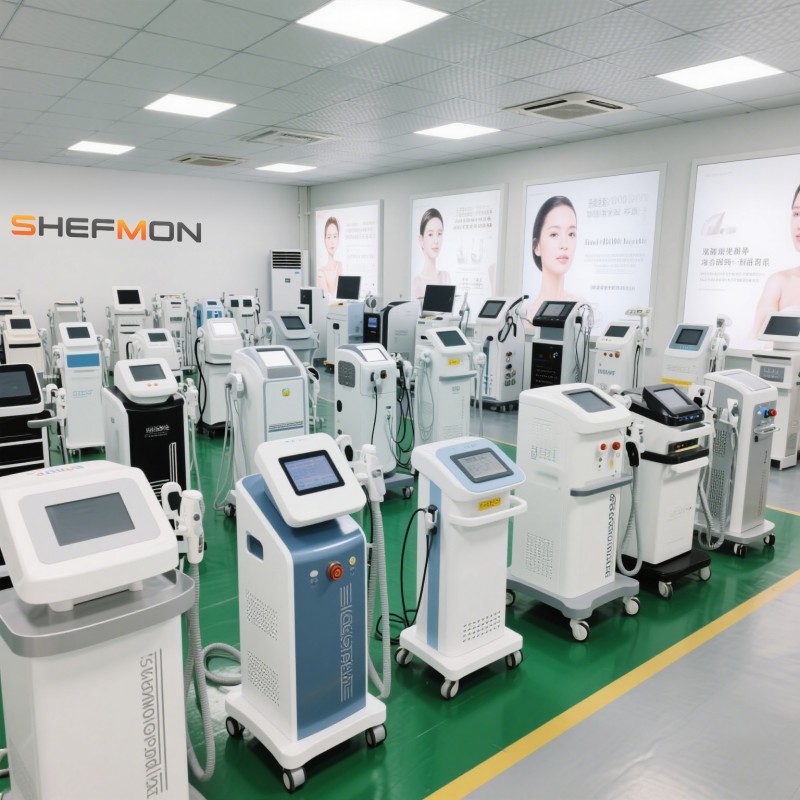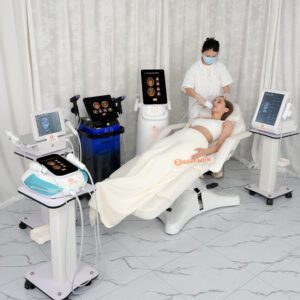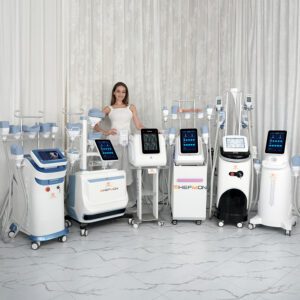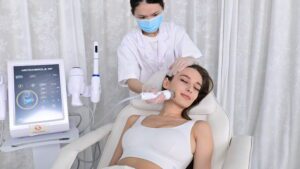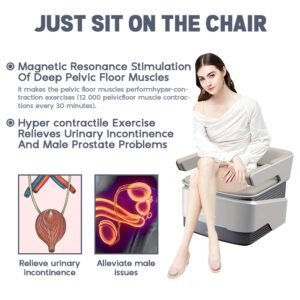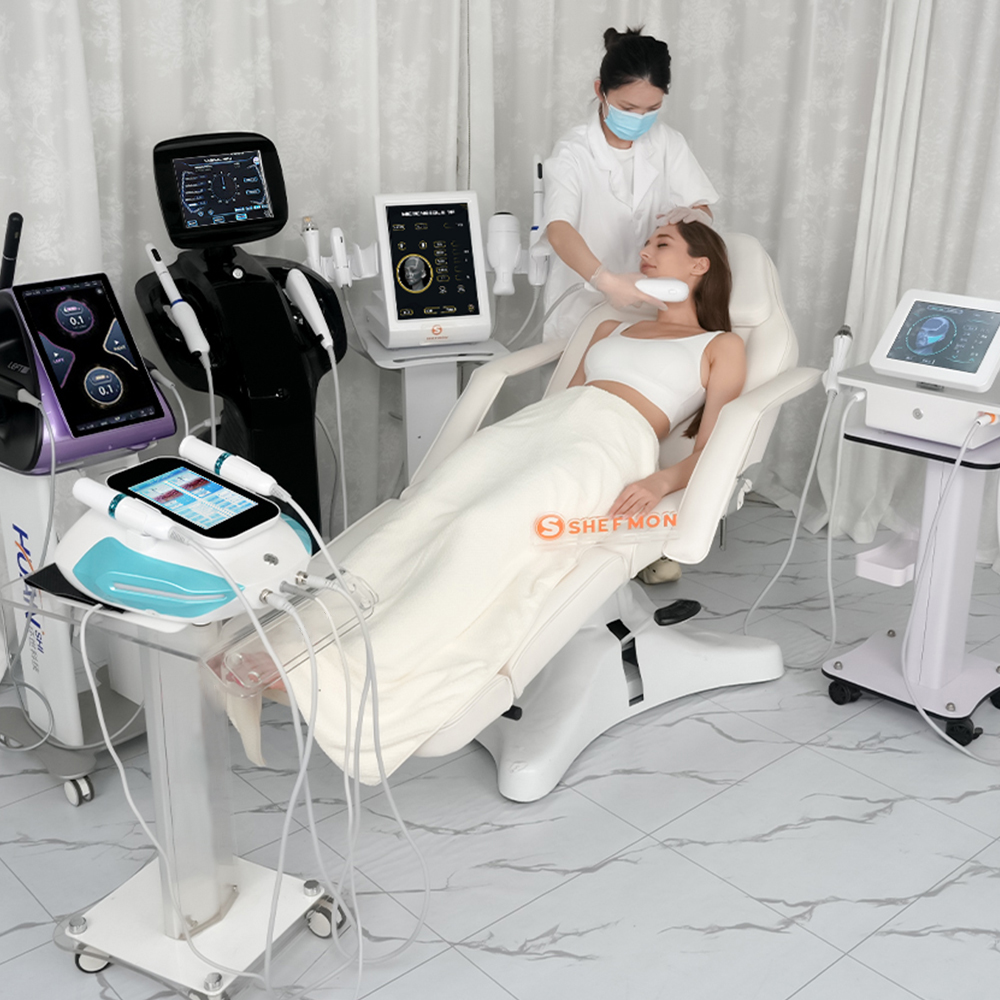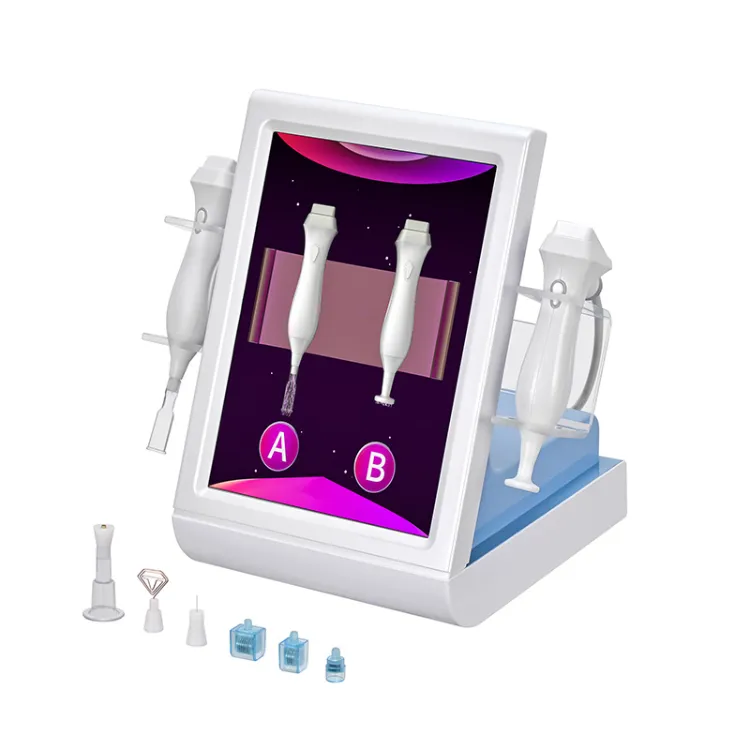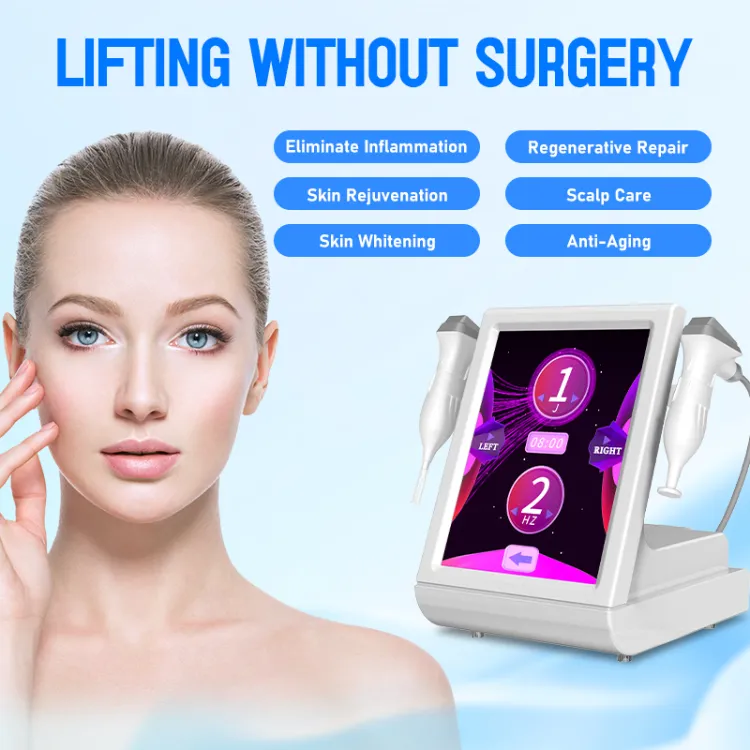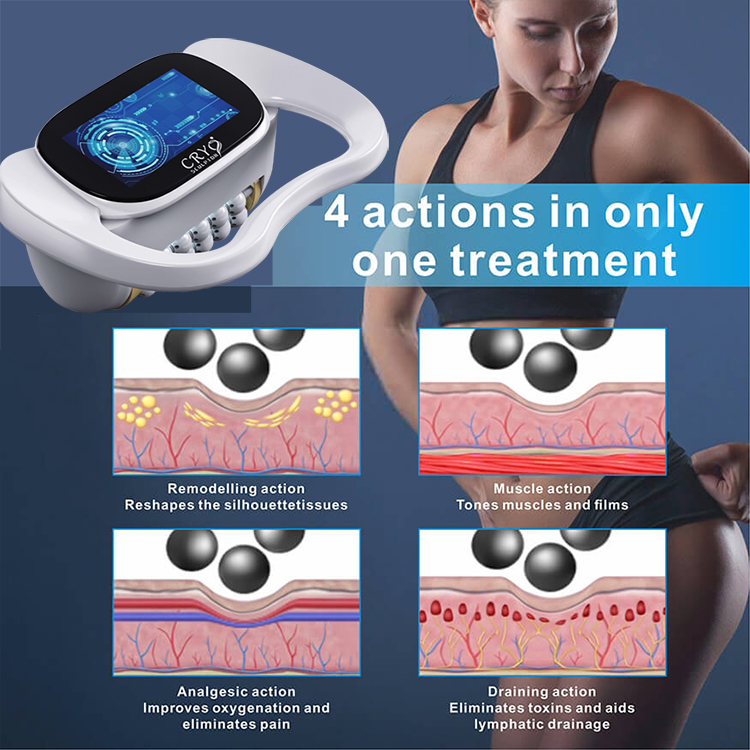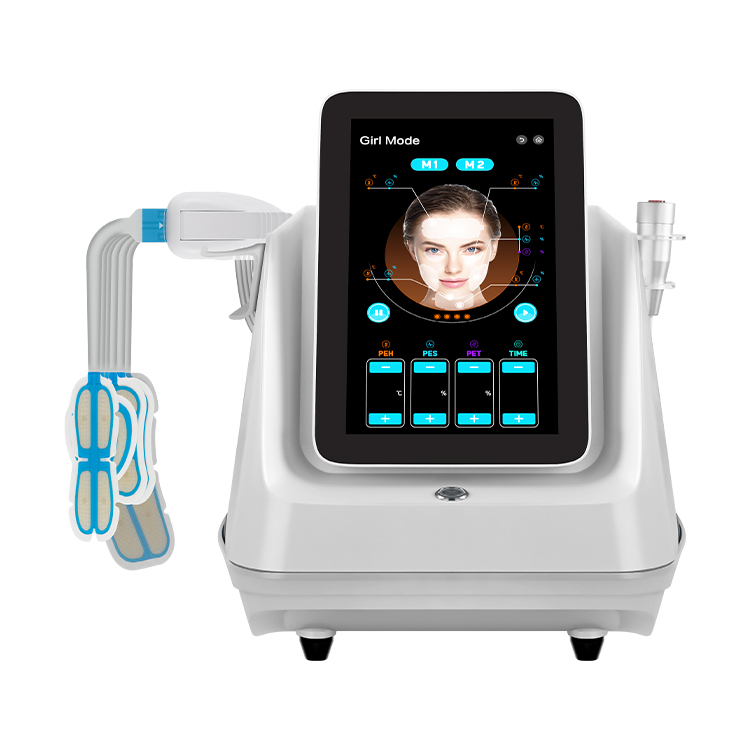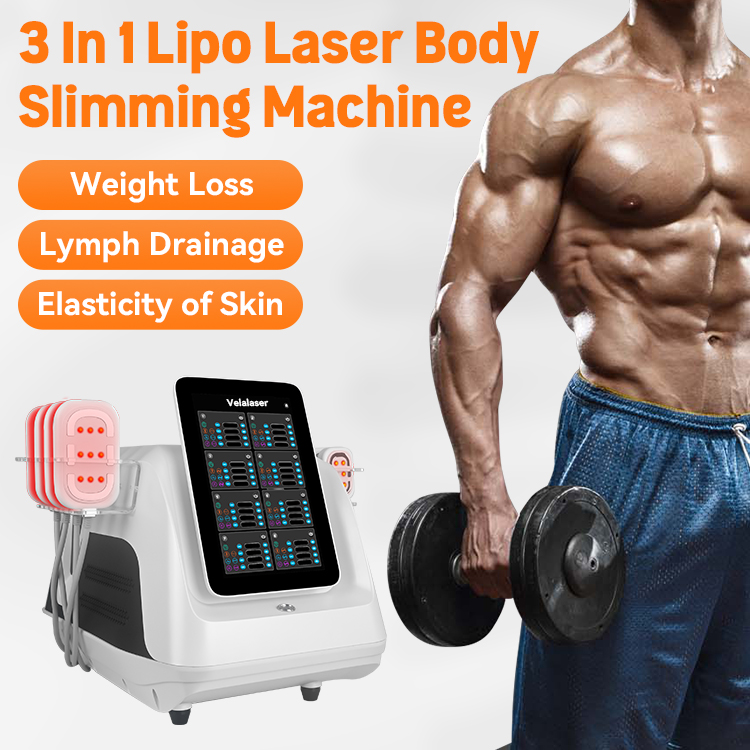Teilen Sie optimierte Lösungen, professionelles Ventilwissen und Branchenneuigkeiten
Geben Sie die relevanten Begriffe oder Schlüsselwörter ein, die Sie benötigen. Die entsprechenden Artikel werden in den Suchergebnissen angezeigt. Sollten Sie die gewünschte Antwort nicht finden, kontaktieren Sie uns gerne. Wir helfen Ihnen gerne weiter. Oder senden Sie direkt eine E-Mail an beauty@shefmon.com
What Makes a Sculpting Tool Effective for Wrinkles
What Makes a Sculpting Tool Effective for Wrinkles
To reduce wrinkles, a tool needs to do one or more of the following:
Stimulate collagen and elastin Produktion.
Improve skin firmness and elasticity.
Reduce lines via tightening, lifting, or smoothing.
Improve circulation and lymphatic drainage (to reduce puffiness and sagging).
Be safe, with minimal risk or downtime.
Different technologies hit different layers of skin and cause effects of varying strength and duration.
Major Technologies & How They Help Wrinkles
| Technologie | Depth / Mechanism | Best For Wrinkles | Vorteile | Limitations |
|---|---|---|---|---|
| Microcurrent / EMS | Stimulates facial muscles, boosting firmness and tone; mild effect on superficial lines. | Fine lines, early wrinkles, sagging contour, jawline. | Non-invasive, little to no downtime, can see immediate lifting/puffiness reduction. | Needs frequent use. Less effective for deep wrinkles. |
| Hochfrequenz (RF) | Heats deeper dermis, stimulates collagen remodelling. | Medium depth wrinkles, sagging cheeks, jowls. | Stronger effect, longer lasting tightening. | Can be uncomfortable; risk if overheated; requires good device. |
| HIFU / Focused Ultrasound | Very deep penetration; can reach SMAS layer (used in surgical facelifts) in clinic devices. | Deep wrinkles, loose skin on jawline/neck, droopy brows. | More dramatic lift. | Usually clinic-only; more cost; possible discomfort; recovery varies. |
| Fractional Lasers | Ablative or non-ablative lasers remove or injure micro-zones to prompt skin turnover. | Deep wrinkles, texture, pigmentation. | Dramatic improvement in wrinkles + skin quality. | Downtime, more side effects, higher cost. |
| LED Light / Red/Near-Infrared | Mild stimulation of cells, anti-oxidant effects, improves circulation. | Fine lines, mild wrinkles; maintenance use. | Very safe, minimal risk, easy to use at home. | Slower, gradual results, modest improvement. |
| Massage / Gua Sha / Facial Rollers | Mechanical stimulation; lymphatic drainage; minor lifting by moving tissue and temp increase. | Mild sagging, puffiness, early fine lines. | Very safe; cheap; relaxing; good add-on. | Very modest results; temporary; not deep wrinkle fix. |
What Experts Say & Comparison Insights
Radio-frequency skin tightening is widely accepted clinically for reducing fine lines and loose skin.
Microneedle RF (needle + RF) can perform very well for moderate wrinkles, especially around mouth and eyes.
HIFU tends to give deeper lifting and more noticeable tightening vs many surface-only tools.
When to Use a Professional Device (e.g. Shefmon) Instead
If your wrinkles are deeper, or you want longer lasting/comparable to a mini-lift effect without surgery, you’ll often need clinic-grade tools like:
HIFU-Geräte (focused ultrasound)
High power RF or Microneedle RF
Fractional lasers
These are stronger and can target deeper layers of the skin more effectively. Shefmon makes several of these kinds of devices (e.g., HIFU, RF devices) which are designed for beauty clinics and medical aesthetic practitioners. Their devices include safety features, better energy control, and deeper penetration than typical home tools.
Best Tool Depends on What YOU Want
Here are some guidelines:
If your wrinkles are fine and superficial, or you’re just starting, microcurrent or LED/EMS combo tools are good.
If you have sagging skin + deeper wrinkles, then HIFU or RF (clinic grade) is probably best.
If cost / downtime are concerns, tools that combine massage + microcurrent + LED give good maintenance between clinic treatments.
Always check safety, skin-tone compatibility, certifications, how strong the device is, etc.
Häufig gestellte Fragen
Q1: Do home face-sculpting tools permanently remove wrinkles?
No, not permanently. They help reduce lines, improve firmness, delay aging, but deep wrinkles need stronger treatments to see more permanent changes.
Q2: How often should I use these tools?
Often = frequently and consistently. Many microcurrent/LED combo devices recommend use several times a week, sometimes daily initially, then maintenance. Overuse can irritate.
Q3: Any risks?
Yes. Using too high intensity, incorrect technique, or unsuitable device (for your skin type) could cause irritation, burns, redness. Also, cheaper devices may have inconsistent output. Skin with certain conditions (e.g. rosacea, eczema) may react poorly.
Q4: Can face sculpting tools replace a facelift?
No. They are not replacements for surgery but can significantly improve appearance if used well. For deep sagging or severe wrinkles, a surgical or minimally invasive procedure may be more effective.
Q5: What should I look for in a device?
Credible brand, good reviews
Safety certifications (FDA, CE etc.)
Adjustable levels or modalities (LED, EMS, RF)
Comfort features (cooling, timer, ergonomic design)
Good customer support and warranty
My Take: Best Overall Tool
If I had to choose one at-home tool that balances safety, effectiveness, convenience — the NuFACE Trinity+ Starter Kit is a solid choice. It’s well reviewed, has good microcurrent strength, gives noticeable lift over time, and is less risky than high-energy lasers or RF you might misuse.
If you want a clinic-grade step up and are considering Shefmon, checking out their professional RF or HIFU machines will be worth it — especially if you want longer-lasting and deeper wrinkle reduction.
